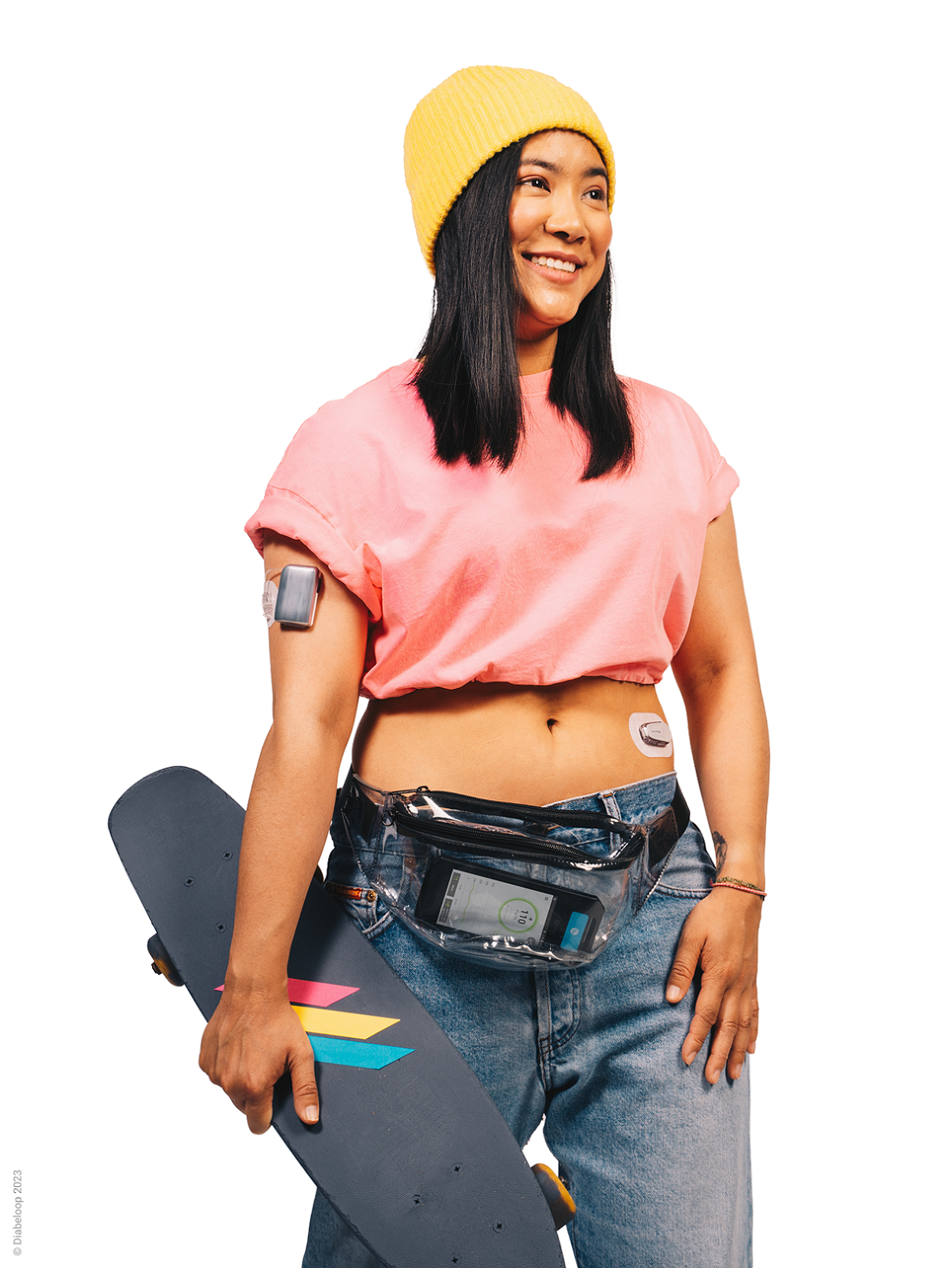Type 1 diabetes affects 250,000 people in France and 20 million worldwide. Insulin resistance, which is characteristic of Type 2 diabetes, affects approximately 10% of the global population.
Diabeloop, which was established in 2015, has developed DBLG1, a self-learning algorithm that automates and personalizes the treatment of Type 1 diabetes. The device, which is used by 11,500 patients in Europe, includes an AI-based insulin pump and a sensor.
It is adapted to the patient’s insulin requirements, based on the time of day. “The self-learning algorithm calculates the dose required, which can vary by a factor of 1 to 3 depending on the patient or even his or her activity levels. (…) If a person is jogging, insulin is provided at a rate that is four times faster than normal,” said Erik Huneker, co-founder of Diabeloop (Les Echos, April 26, 2023).
The DBLG1 algorithm is hosted on a dedicated handset that acts as a user interface. It is connected to a continuous glucose monitor (CGM) and an insulin pump. Every five minutes, a glucose measurement is transmitted via Bluetooth technology to the handset. Artificial intelligence analyzes the data in real time, while considering the patient’s physiology, history and data entries (such as meals and exercise) to determine the correct dose of insulin to administer.
Diabeloop takes into consideration the specific needs of women when developing solutions, as they represent half of its patients.
“Hormonal variations have consequences for the treatment of Type 1 diabetes. (…) The menstrual cycle induces hormonal variations that impact insulin requirements. If treatment is standard for both men and women, then some women will experience hypoglycemia during menstruation and hyperglycemia in the middle of the menstrual cycle. (…) The menopause also needs to be taken into account. Women’s insulin needs vary as a result of changes in hormone secretions and renal function,” said the Diabeloop spokesperson.
The impact of these variations is far from insignificant. Almost all women who do not take the pill have a 28-day cycle, with an increase in insulin requirements at the beginning and end of the cycle, and for some women an increase or decrease at 14 days. Depending on the woman and the stage of her cycle, this increase or decrease may be very significant, ranging from around 20% to 30%. In premenopausal women, the need for and sensitivity to insulin can vary by as much as 60%.
Finally, pregnancy has numerous implications for therapeutic care. Treatment needs to be modified to avoid the risk of complications, whether for the mother or the child. Insulin requirements decrease over the first trimester (with a severe risk of hypoglycemia), then increase significantly, and can be as high as double during the last trimester (inducing a risk of hyperglycemia). Insulin requirements fall off sharply at birth. These specific variations, which can have serious consequences, must be taken into consideration when designing future products.
“With our software solutions, we aim to cover the requirements of all insulin-dependent diabetics,” Erik Huneker, co-founder of Diabeloop (Les Echos).
Moreover, at the end of April, in order to better address Type 2 diabetes, the Grenoble-based company announced it had reached a cooperation agreement with Sanofi and Biocorp to develop DBL-4, a smart insulin auto-injector pen. This solution will also benefit half the patients suffering from Type 1 diabetes. “The DBL-4 pen core software is to all intents and purposes the same as that of DBLG1. It has enormous potential,” said Erik Huneker (Les Echos). The results of the clinical trials are expected to be announced by the end of the year, with a potential production launch in early 2024, after marketing approvals have been obtained.



